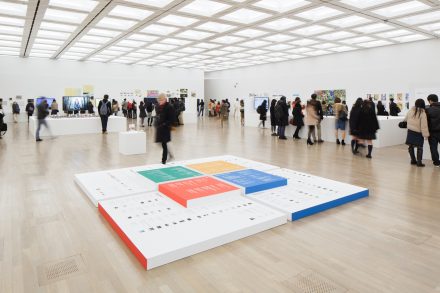
Outline
Entry Period
2013.7.11(Thu) - 9.12(Thu)
Organizer
Japan Media Arts Festival Executive Committee
Chair
KONDO Seiichi(Commissioner for Cultural Affairs)
Operating Committee
AOKI Tamotsu(Director, The National Art Center, Tokyo)
FURUKAWA Taku(Animation Artist and Affiliate Professor, Tokyo Polytechnic University)
TATEHATA Akira(President, Kyoto City University of Arts)
Exhibition
Dates
- 2014.2.16(Sun)
Awards Ceremony
2014.2.4(Tue)
Venue
The National Art Center, Tokyo
Satellite Venue
Cinem@rt
Tokyo Midtown
SuperDeluxe
Admission
free
Cooperation
Cinem@rt
Tokyo Midtown
SuperDeluxe
J-WAVE
Cooperative Programs
TOKUJIN YOSHIOKA-Crystallize(Tokyo Metoropolitan Foundation for History and Culture, Museum of Contemporary Art Tokyo /Nikkei inc.)
FITC Tokyo 2014(FlashinTO Inc.)
Carsten Nicolai(alva noto)"univers uniscope"(TASKO inc.)

Jury / Major
Jury
MIWA Masahiro(Composer and Professor, Institute of Advanced Media Arts and Science (IAMAS))
GOGOTA Hisanori(Curator and Owner of Baikado)
OKABE Aomi(Art Critic)
TAKATANI Shiro(Artist)
UEMATSU Yuka(Curator, National Museum of Modern Art, Osaka)
IWATANI Toru(Game Creator and Professor, Tokyo Polytechnic University)
IIDA Kazutoshi(Game Creator and Professor, Digital Hollywood University)
KUBOTA Akihiro(Artist and Professor, Tama Art University)
NAKAMURA Yugo(Interface Designer and CEO of tha ltd.)
UKAWA Naohiro(Genzai (Contemporary) Artist and Professor,Kyoto University of Art and Design and Representative, DOMMUNE)
WADA Toshikatsu(Animation Artist)
KOIDE Masashi(Animation Researcher and Professor, Tokyo Zokei University)
MORIMOTO Koji(Animation Director)
OHI Fumio(Animation Artist)
SUGII Gisaburo(Animation Director)
MINAMOTO Taro(Manga Artist and Manga Researcher)
ITO Go(Manga Critic / Associate Professor, Tokyo Polytechnic University)
SAITO Nobuhiko(Editor and Manga Researcher)
SUGAYA Mitsuru(Manga Artist and Professor, Kyoto Seika University)
YAMADA Tomoko(Manga Researcher)



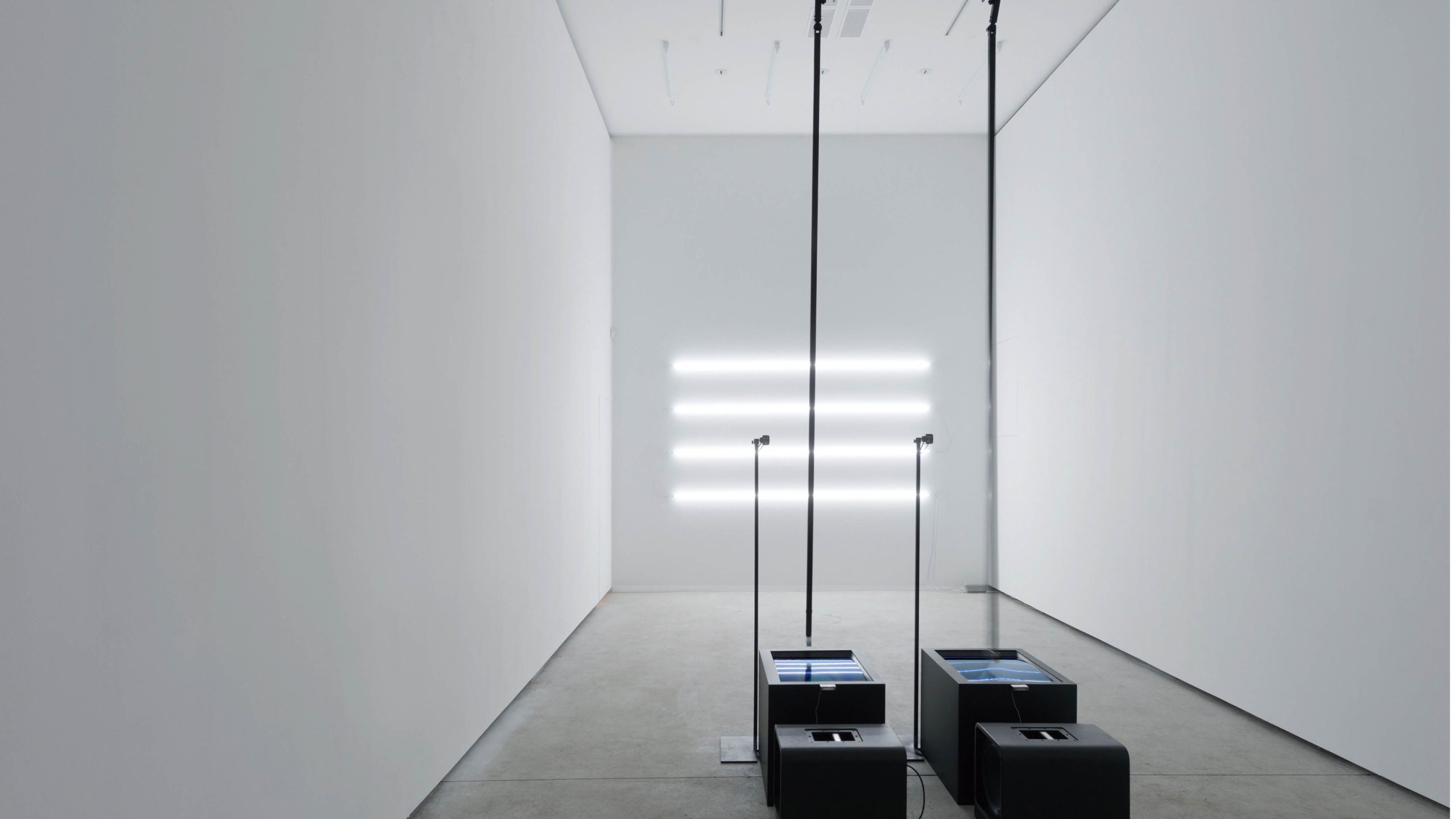
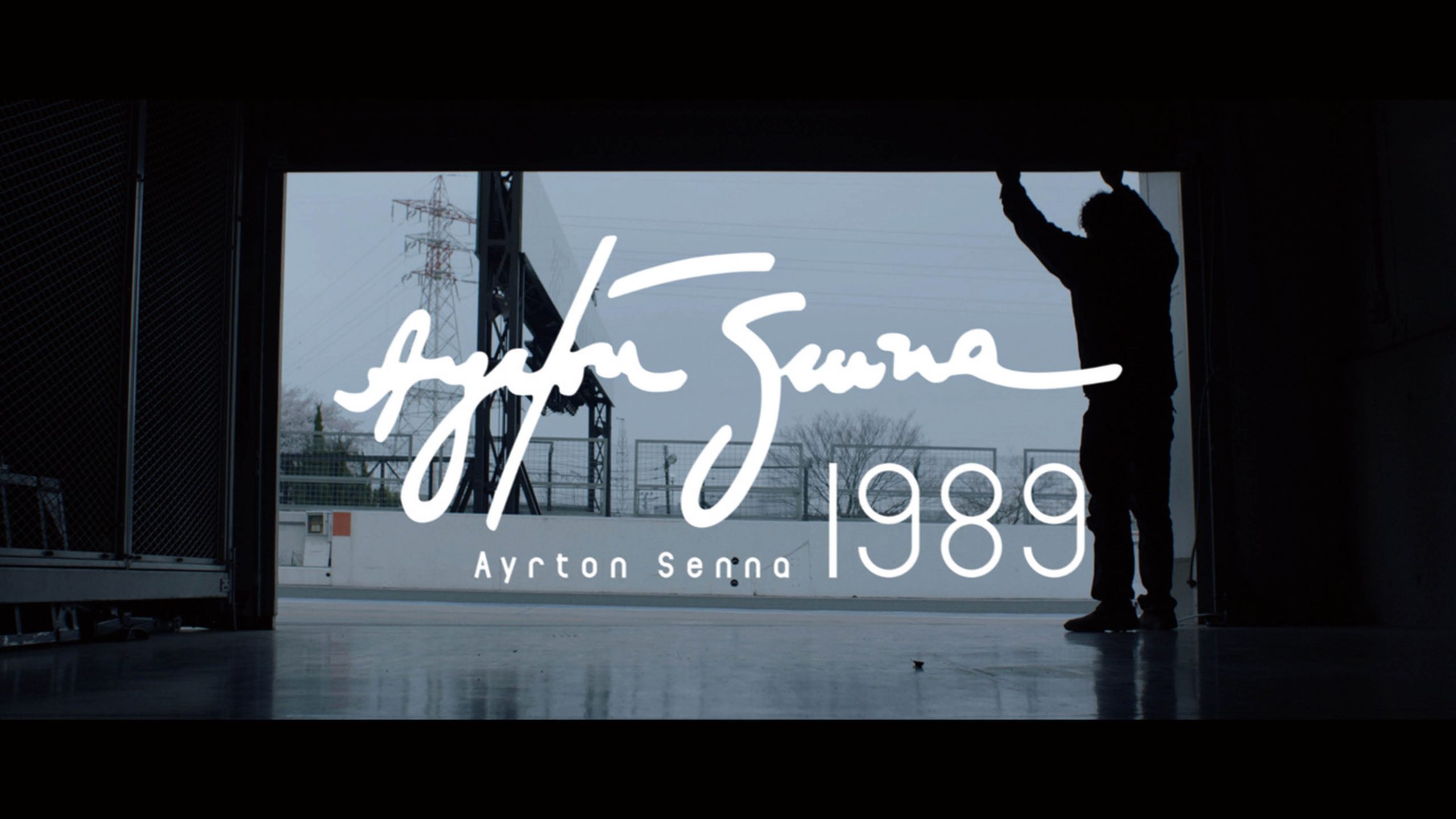
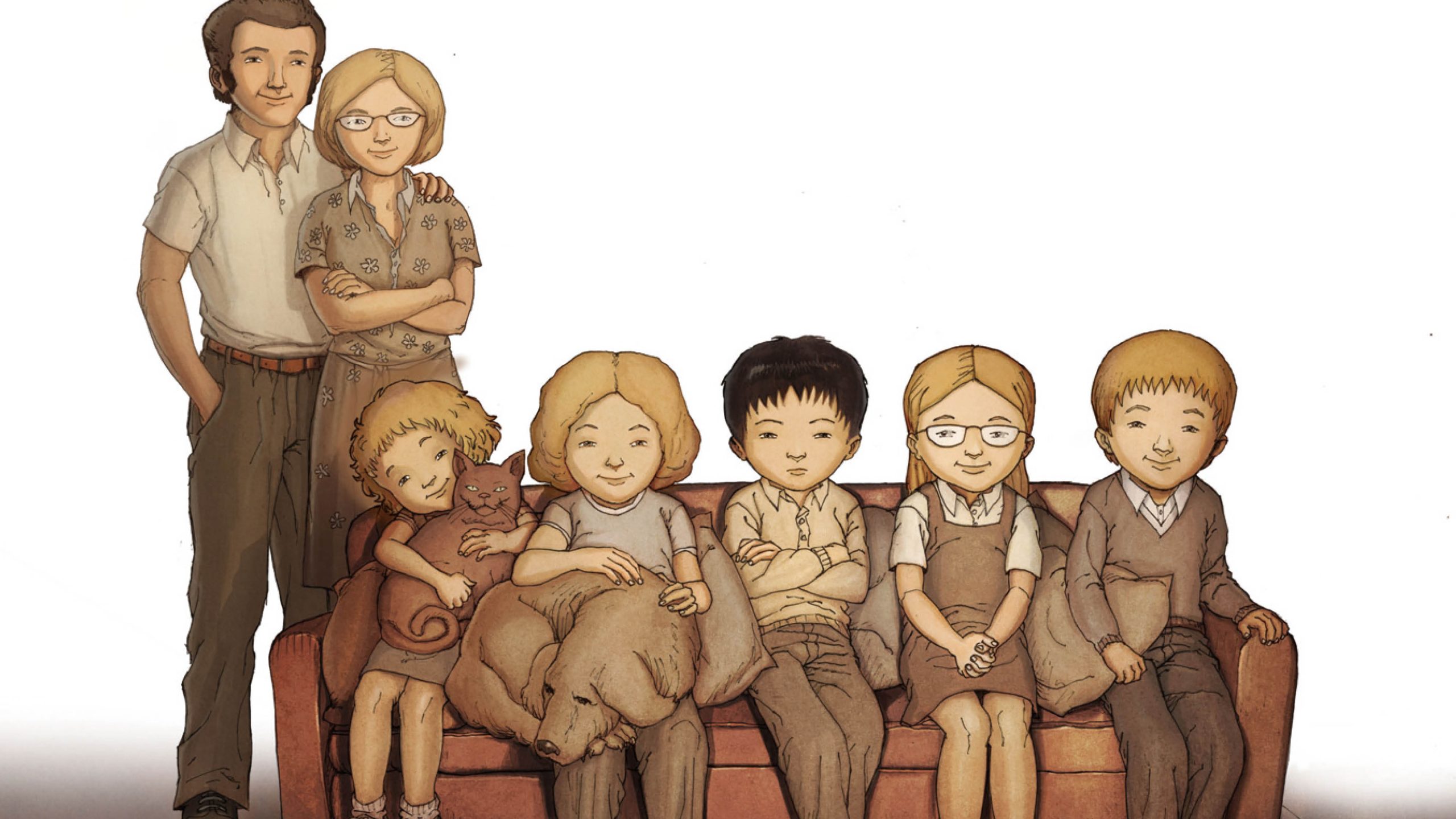
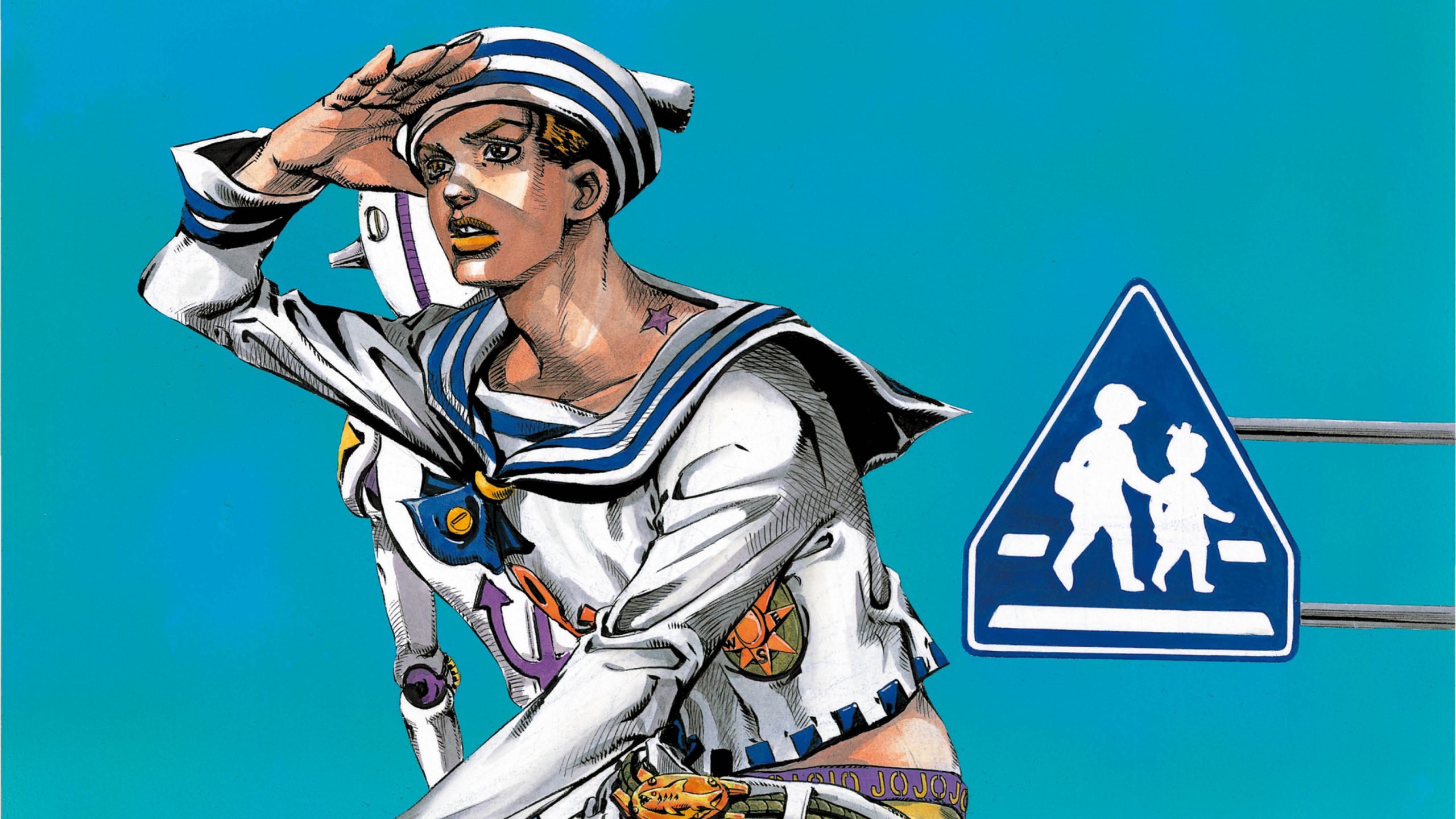
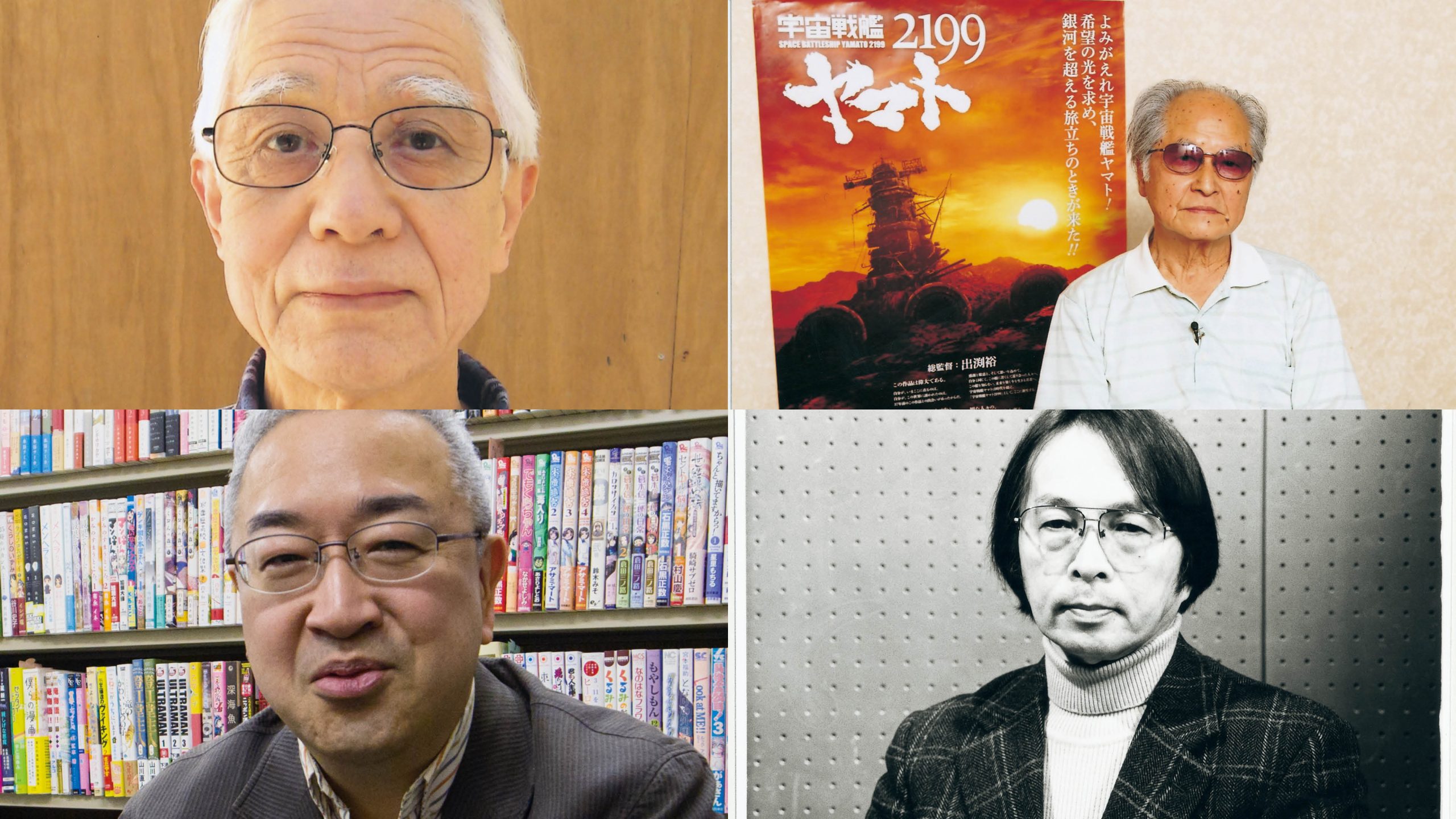
TATEHATA Akira
President, Kyoto City University of Arts
The Japan Media Arts Festival has over the years been attracting increasing attention in Japan and abroad, and this year's festival once more attracted a record number of entries from a record number of countries and regions submitting works. It seems that – in the true sense of the words – the “festival atmosphere” evoked by an unequalled range of eligible genres from Art to Manga has generated a kind of centripetal force. It is fair to say that the specific character of Media Arts lies in the fact that there is no fixed border between radical experiment and entertainment.
I apologize for bringing forward ideas which might sound abstract, but the technology applied in Media Arts has not been developed for the Arts, but is strongly connected to social reality. When artists exploit this with their exceptional power of imagination as a resource for expression, they tend to frame a critical viewpoint on the circumstances surrounding us, in a sense showing the extent to which technology itself is inseparable from our everyday life. A tendency that stands out among this year's Award-winning Works and Jury Selections is the attempt to gather and exhibit various data from existing video/film and audio sources. The process of archiving data as such becomes a method of production, and there is no doubt that this forms some sort of comment on today's reality.
Of course there are many works of a serious tone, but on the other hand no small number of humorous works which draw viewers to outbursts of laughter. I hope you will enjoy the richness of this “festival” of Media Arts, where a wide variety of works – from websites to paper media, from video works to performances – by artists from all over the world are assembled.
FURUKAWA Taku
Animation Artist and Affiliate Professor, Tokyo Polytechnic University
This year as before, there has been a steady increase in the number of entries from abroad, especially in the Art Division. It is interesting how the four divisions of Art, Entertainment, Animation and Manga – occasionally crossing, and occasionally unifying – finally make up an arrangement like a lunchbox, displaying a typical Japanese style of serving dishes on a plate neatly. This differs from privately-run festivals abroad. Trying to summarize the individual divisions, you could say that in the Art and Entertainment divisions many digital works appear which connect big data and high technology to the creative sphere, but these are evenly matched by a strikingly healthy array of completely analogue works.
The Manga Division shows a very broad range of work, proof that this genre is as vital as ever – from the latest editions of extremely popular manga to serialized online doujinshi (self published manga). In the Animation Division, a feature-length animation entirely produced abroad has won the Grand Prize for the first time. In the shorts section, three new faces with unique styles arrive on the scene.
The Special Achievement Awards go to: MATSUMOTO Toshio, who is a “great vanguard” in the field of Japanese video culture, sound effect designer KASHIWABARA Mitsuru, who through his work gave the world of Japanese animation its shape; ABE Shuya, who as an engineer collaborated with Nam June PAIK and NAKAMURA Kimihiko, editor of the manga information magazine Puff, as well as founder and producer of COMITIA, a sale event for self-published manga.